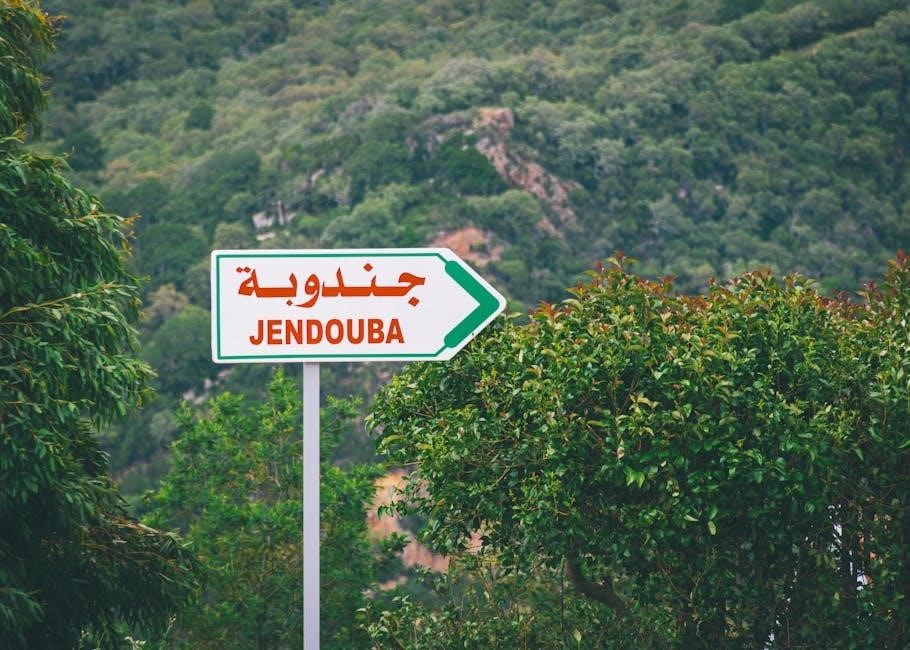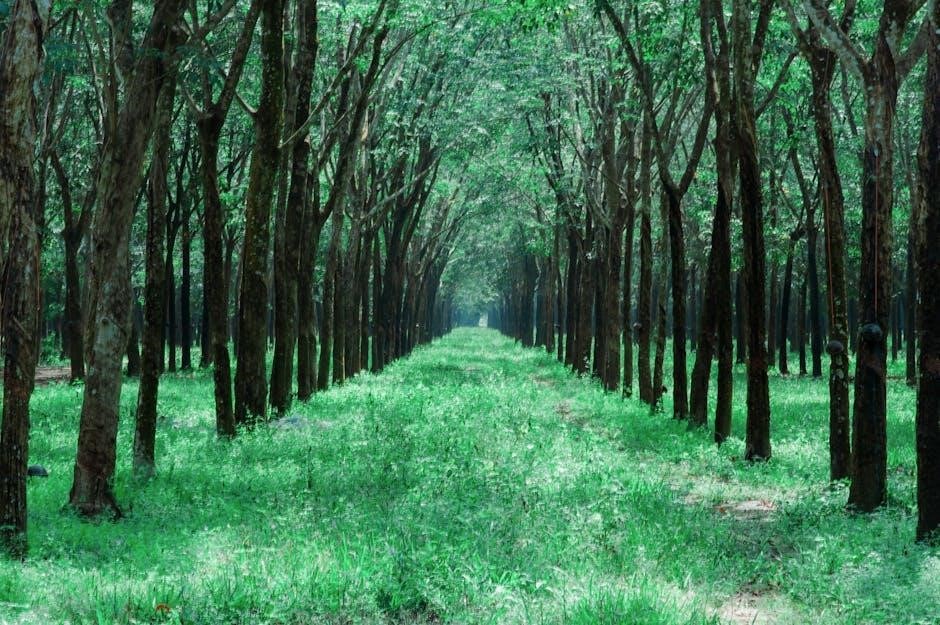Gardening in Zone 8a requires a detailed planting guide to optimize growth and harvest, with a focus on understanding the local climate and soil conditions to achieve success in this region naturally always.
Overview of Zone 8a
Zone 8a is a region with a moderate climate, characterized by mild winters and warm summers, making it an ideal location for gardening and planting a wide variety of crops and plants. The region’s temperature ranges from 10 to 20 degrees Fahrenheit, allowing for a long growing season and multiple harvests. Zone 8a spans across several states in the United States, including parts of California, Texas, and Georgia, among others. The region’s geography and climate vary, with some areas experiencing more rainfall than others, which can impact planting and gardening. Overall, Zone 8a offers a unique set of conditions that require a tailored approach to planting and gardening, taking into account the local climate, soil, and temperature fluctuations to ensure optimal growth and productivity. With the right strategies and techniques, gardeners in Zone 8a can enjoy a diverse and thriving garden, with a wide range of plants and crops to choose from.
Importance of Planting Guide
A planting guide is essential for gardeners in Zone 8a, as it provides valuable information on the best times to plant, harvest, and maintain various crops and plants. By following a planting guide, gardeners can optimize their garden’s potential, reduce the risk of crop failure, and increase yields. A planting guide also helps gardeners to make informed decisions about which plants to grow, taking into account factors such as climate, soil type, and temperature fluctuations. Additionally, a planting guide can help gardeners to plan and prepare for potential challenges, such as pests, diseases, and extreme weather events. With a comprehensive planting guide, gardeners in Zone 8a can create a thriving and productive garden, enjoying a wide range of fresh fruits, vegetables, and flowers throughout the year. A well-planned garden can also enhance the beauty and value of a property, providing a sense of pride and accomplishment for the gardener.

Understanding USDA Hardiness Zones
USDA zones divide the country into areas with similar climate conditions naturally always using eleven zones.
Definition of Hardiness Zones
The definition of hardiness zones is a way to categorize locations based on their average annual extreme minimum temperature. This information is crucial for gardeners to determine which plants can thrive in their area. The USDA has divided the country into eleven hardiness zones, each representing a 10-degree Fahrenheit difference in winter temperatures. Zone 8a, for example, has a minimum winter temperature between 10 and 15 degrees Fahrenheit. By understanding the definition of hardiness zones, gardeners can make informed decisions about plant selection and gardening practices. This knowledge can help prevent unnecessary losses due to frost or extreme temperatures, ensuring a successful and thriving garden. With this understanding, gardeners in Zone 8a can choose plants that are well-suited to their local climate, leading to healthier plants and a more enjoyable gardening experience. Effective use of this information can lead to better gardening outcomes.
Zone 8a Specifics
Zone 8a has a unique set of characteristics that set it apart from other zones. The mild winters and warm summers in this zone allow for a wide range of plants to thrive. With a moderate climate, Zone 8a experiences temperatures that rarely drop below 10 degrees Fahrenheit, making it an ideal location for growing a variety of fruits, vegetables, and flowers. The zone’s long growing season, which typically lasts from late spring to early fall, provides ample time for plants to mature and produce a bountiful harvest. Additionally, the zone’s moderate temperatures and rainfall make it suitable for plants that require a balanced climate to grow. By understanding the specifics of Zone 8a, gardeners can take advantage of the zone’s favorable conditions to create a lush and diverse garden. This knowledge can help gardeners make informed decisions about plant selection, soil preparation, and garden maintenance. Effective gardening in Zone 8a requires attention to these specifics.

Planting Calendar for Zone 8a
Creating a planting calendar for Zone 8a involves tracking seasonal changes naturally always.
Spring Planting

Spring planting in Zone 8a is a great time to get started with gardening, with the last frost date typically occurring in late March to early April. This allows for a wide range of vegetables and flowers to be planted, including tomatoes, peppers, and cucumbers. The mild winters and warm summers of Zone 8a make it an ideal location for growing a variety of crops. Gardeners in this zone can take advantage of the long growing season to plant multiple crops, including cool-season crops like broccoli and kale, and warm-season crops like okra and southern peas. By following a planting guide specifically designed for Zone 8a, gardeners can ensure that they are planting at the right time and giving their plants the best chance to thrive. With proper planning and care, spring planting in Zone 8a can be a rewarding and productive experience. The key is to choose plants that are well-suited to the local climate and soil conditions.
Summer Planting
Summer planting in Zone 8a offers a unique set of opportunities and challenges for gardeners. The warm weather and long days of summer make it an ideal time to plant heat-loving crops like okra, southern peas, and sweet potatoes. Gardeners in this zone can also take advantage of the summer months to plant a second crop of warm-season vegetables, such as tomatoes and peppers. However, the hot summer weather also requires gardeners to take extra precautions to protect their plants from heat stress and drought. This can include providing shade, using mulch to retain moisture, and watering plants regularly. By choosing the right plants and taking steps to protect them from the heat, gardeners in Zone 8a can enjoy a bountiful summer harvest. Summer planting in Zone 8a requires careful planning and attention to detail, but with the right strategies, gardeners can succeed and enjoy a productive summer garden. Proper care and maintenance are essential for summer planting success.

Gardening Tips for Zone 8a
Effective gardening in Zone 8a requires careful planning and attention to detail always naturally every day.
Soil Preparation
To achieve optimal growth in Zone 8a, soil preparation is crucial, involving a series of steps to create a fertile ground for plants to thrive.
The process begins with testing the soil to determine its pH level and nutrient content, which helps in identifying the necessary amendments.
Adding organic matter such as compost or manure can significantly improve soil structure and fertility, allowing roots to penetrate deeper and absorb essential nutrients.
Proper drainage is also essential, as waterlogged soil can be detrimental to plant health, and adding perlite or sand can help improve drainage.
Additionally, incorporating mulch can help retain moisture, suppress weeds, and regulate soil temperature, creating a conducive environment for plant growth.
By following these soil preparation steps, gardeners in Zone 8a can create an ideal environment for their plants to grow and flourish, leading to a successful and productive gardening experience.
Effective soil preparation is a critical component of a planting guide, as it sets the foundation for a healthy and thriving garden, and is an essential consideration for gardeners in Zone 8a.
Soil preparation is an ongoing process that requires regular monitoring and maintenance to ensure optimal plant growth and health.
Gardeners should continually assess their soil conditions and make adjustments as necessary to create a fertile and supportive environment for their plants.
Watering and Maintenance
Proper watering and maintenance are essential for a thriving garden in Zone 8a, where the climate can be hot and dry during the summer months.
A consistent watering schedule is necessary to ensure plants receive adequate moisture, especially during periods of drought.
It is also important to avoid overwatering, which can lead to root rot and other problems.
Regular maintenance tasks, such as pruning and fertilizing, can help promote healthy plant growth and prevent disease.
Mulching around plants can also help retain moisture and suppress weeds, reducing the need for frequent watering and maintenance.
Gardeners in Zone 8a should also be mindful of common pests and diseases that can affect plants in this region, and take steps to prevent and control them.
By following a regular watering and maintenance schedule, gardeners can enjoy a healthy and productive garden in Zone 8a.
Effective watering and maintenance strategies can help gardeners conserve water and reduce their environmental impact.
Regular monitoring of soil moisture and plant health can help gardeners make adjustments as needed to ensure optimal growth and productivity.